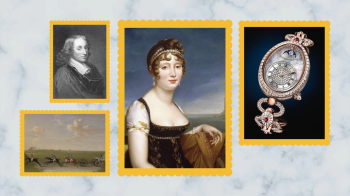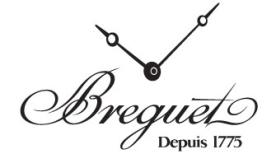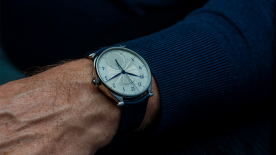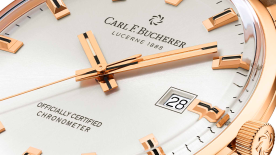In the latter half of 1812, Europe was convulsed by the last agonies of the Napoleonic Wars. By October, the French Emperor and his Grande Armée were on their way out of Moscow, defeated by the scorched-earth policies of the Tsar’s generals and the Russian army’s hydra-like ability to regenerate to even more immense numbers after each engagement. Their path back home was a dispiriting, demoralising march, since they were obliged to return via the way they had come, face-to-face with ravaged landscapes and pursued by the Russian winter — known as General Snow by how formidable it was in vanquishing Mother Russia’s foreign adversaries. Napoleon hurried ahead of his troops, partly to rally a domestic defence in France against a feared Russian counter-invasion and partly to calm murmurings at court over this ignominious defeat. He left his trusted marshal and brother-in-law Joachim Murat, King of Naples, in charge of the retreat, which was completed on 14 December 1812.
One week later, on 21 December, a watch made by famed watchmaker Abraham-Louis Breguet was delivered to Joachim Murat’s wife, Caroline, née Bonaparte — Grand Duchess Consort of Berg and Cleves, Countess of Lipona, and the Queen Consort of Naples and Sicily. In a time when the entire continent was experiencing massive political and social flux, Caroline Murat’s new watch was sowing the seeds of its own horological revolution.
What made the watch — an exceptionally fine and complicated piece — such a pioneering artefact? Watch N° 2639, as Caroline Murat’s watch was known in Breguet’s archives, is the first high-end wristwatch we know of. Take note: it is not necessarily the first wristwatch, but it is the first wristwatch of serious horological significance.
The French philosopher and mathematician Blaise Pascal (1623–1662) was said to wear his pocket watch on his wrist for the sake of convenience. In the 1772 Almanach du Dauphin, there are records of wristwatches being sold in Paris, at the premises of a watchmaking concern in the 6th arrondissement. However, these were most likely simple pocket timepieces with special leather straps for affixing to the arm, as Pascal did. A contemporary example of this kind of converted watch can be seen on the wrist of a horseman as depicted in an engraving of the 1750 attempt by the Earl of March (who subsequently succeeded to the title of Marquis and then Duke of Queensberry) to win a bet to cover the distance of 19 miles in a four-wheeled coach under one hour. Although the engraving is not particularly focused on the details of the watch, we may assume that it is a simple one — it is doubtful that even a member of the 18th-century aristocratic classes, as enamoured as they were of frivolous wagers and reckless expenditure, would have strapped an expensive timepiece to a horseman to be jangled to pieces by a record-breaking dash down Newmarket Heath.) Queen Caroline’s watch, however, was a real work of horological art — a very thin, oblong repeating watch with thermometer and a silver guilloché dial, housed in a gold guilloché case — that was intended from the start to be worn on the wrist.
Other braceleted watches have been known to exist in the late 18th and early 19th century, but they were primarily articles of high jewellery which incorporated a time-telling function. The means by which Queen Caroline’s watch was fastened to her person was of secondary importance to the watch itself — it was a relatively plain “wristlet woven with gold thread”, unlike the pearl-and-emerald-festooned bracelet with a dainty inset time indication that belonged to Empress Joséphine’s daughter-in-law, the Princess Augusta of Bavaria.
History has a habit of being unkind in its assessment of women in high places. Among others, the Empress Wu Zetian, Queen Catherine de’ Medici and Lucrezia Borgia are only a few of the women who wielded considerable political influence in their day and were vilified by contemporaneous historians as unfeminine, power-hungry monsters with unsavoury sexual appetites. Queen Caroline Murat was similarly seen as a scheming Jezebel by none other than her own brother Napoleon Bonaparte, who refused to believe that the King of Naples had willingly abandoned him to the European forces allied against the imperialist cause. “Murat! My brother-in-law! in full treason! I thought that he loved me! His wife made him defect — Caroline! my sister! has betrayed me!” was said to be Bonaparte’s seething (and incoherent) reaction to Naples’ capitulatory treaty with the Austrians. Even without revising history, however, we are able to fully understand the role that she played in our modern-day experience of fine watchmaking. Knowing about other early examples of wrist-worn watches doesn’t detract from this. On the contrary, it further enhances our appreciation of her regal horological contribution.





